Acclaimed freelance recording engineer and producer Hans-Martin Buff began his career working as a recording engineer at Prince’s Paisley Park facility in 1995. He soon after became Prince’s main recording engineer and contributed to several studio albums including Emancipation (1996), Crystal Ball (1998), Newpower Soul (1998), and Rave Un2 the Joy Fantastic (1999).
He's also worked with notable acts such as the Scorpions, No Doubt, Chaka Khan, Larry Graham and Joss Stone.
Buff’s latest project is creating Dolby Atmos “In-Side” mixes of new songs from Peter Gabriel’s long-awaited upcoming studio album I/O. Eight singles have been released so far – “Panopticom,” “The Court,” “Playing For Time,” “I/O,” “Four Kinds Of Horses,” “Road To Joy,” “So Much,” and “Olive Tree” – each on a full moon, with more likely to come before the end of the year.
We had the chance to chat with Buff about his career path, experience with 3D Audio, and where he thinks the industry is headed.
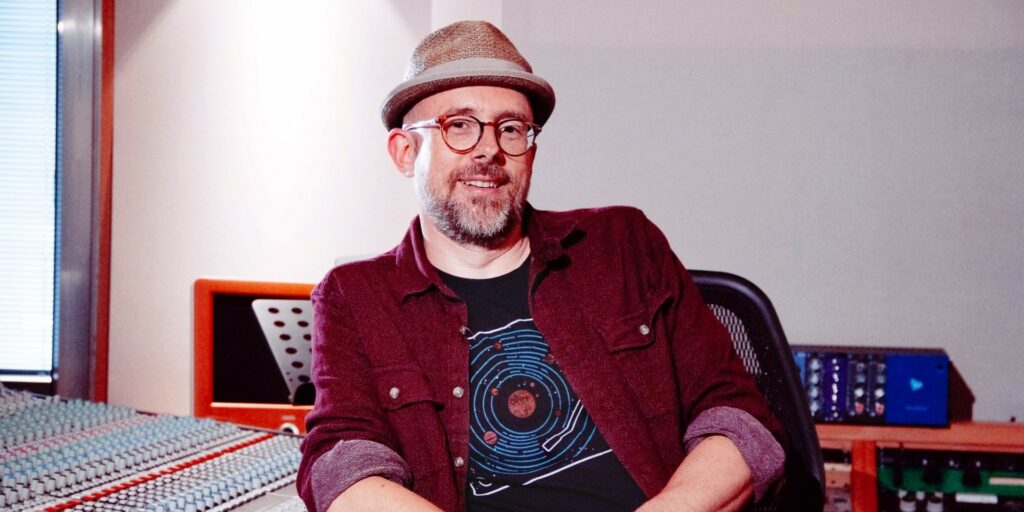
How did you first get into audio engineering and mixing? What do you enjoy about it most?
I played in a number of bands in high school, but I never thought this would be a profession. I had another plan – a career in journalism – and then my plan just went to hell. [laughs]
Through a variety of very personal and weird circumstances, I ended up in the United States – in Minnesota, where I’m currently on vacation. A friend of mine started attending a local recording school called McNally Smith, and I went to see him there one day. I loved it. I went in there and never left.
Throughout your career, you’ve had the opportunity to work with legendary acts such as Prince, Scorpions, and now Peter Gabriel. Is there a particular project or collaboration that stands out?
I suppose Prince would probably loom the largest, just because he gave me the chance to work with him at a really early time in my career. I became his ‘main guy’ about three years after I left recording school, so that was pretty awesome. I was a huge fan in the ‘80s and lived in Minneapolis, which was where he was based.
I consider him to be my ‘boot camp.’ Years later, both the Scorpions and Peter Gabriel asked for Prince stories – so I guess he’s probably the highlight.
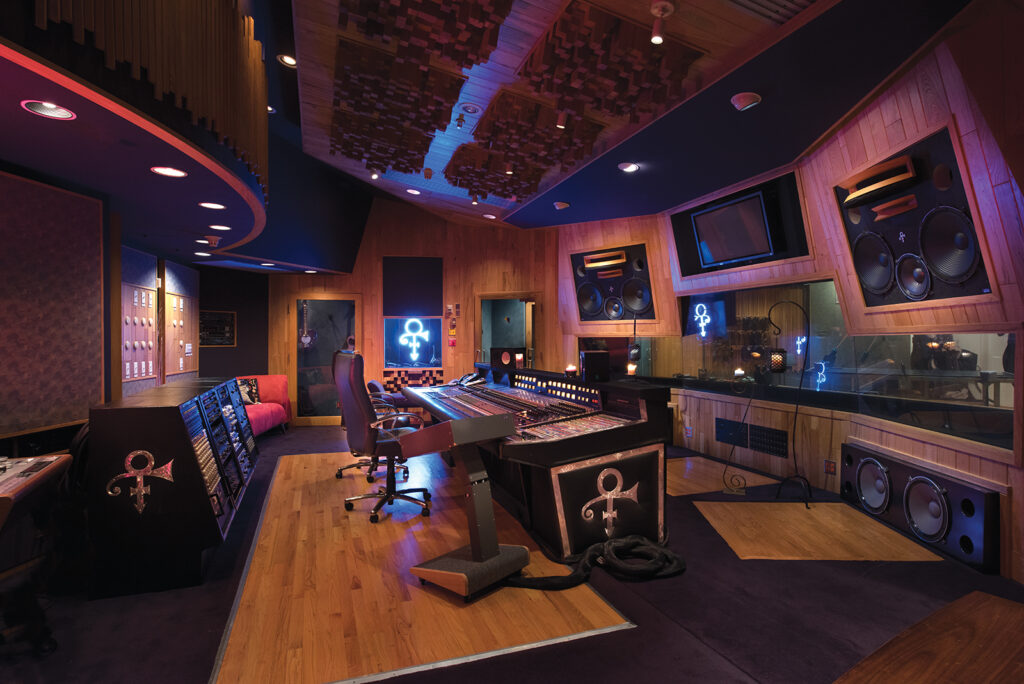
As for the Scorpions, they’re wonderful people. Of the three you mentioned, they’re the ones where I wasn’t actually a fan to begin with. I had a very big record collection at the time – and still do – but there wasn’t a single Scorpions album in there.
So, I love working with them because I can take the music entirely at face value. There’s no fanboy vibe. They're really creative people doing their thing within the hard rock format, and it's great to be part of that.
Peter Gabriel would have to be a highlight too because I was always a fan, and it’s also interesting because – both as a person and a concept – he’s kind of the antithesis of Prince. His attention to detail and general way of working in the studio is so different from how I was brought up at Paisley Park. I was used to having to work fast around these intense creative outbursts early in my career, but with Peter I’m able to step back and take more of a ‘slow-mo’ look at what’s happening.
That was a very long answer to a very short question [laughs], but I think it would have to be Prince because he allowed me to take a huge step forward in my career. To this day, he's still kind of the VIP rockstar for the VIP rockstars. And that'll never go away, you know?
When you first started working at Paisley Park, digital recording was still in its infancy and modern-day software tools like DAWs didn’t exist yet. It seems like being an audio engineer was very much a specialty trade in those days, as one was expected to know their way around complex pieces of analog equipment like mixing desks and tape machines.
You make that sound like that's a weird thing [laughs], but at the time it was the new digital technology that seemed strange.
I got introduced to Pro Tools on one of the very first big sessions I assisted on – it was an album called Throwing Copper by Live, and Jerry Harrison from the Talking Heads was producing.
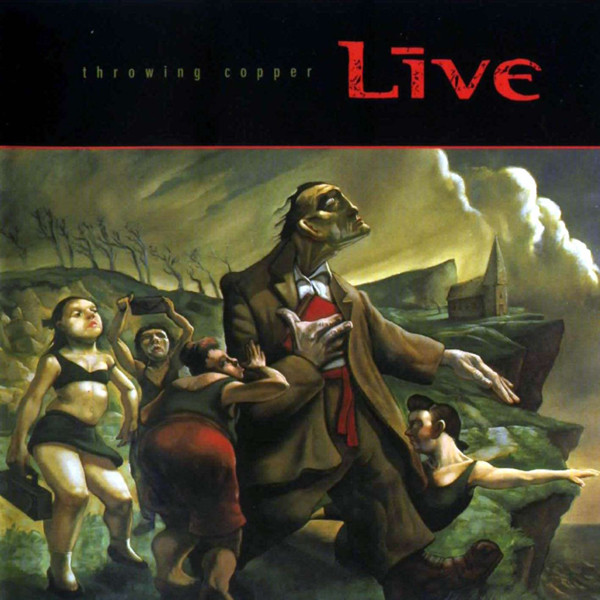
I remember he showed up in a Saab Convertible with these two huge boxes in the back seat. That was his computer, and it ran the early ‘sound designer’ version of what became Pro Tools. We used to bounce stuff from the tape into there in order to extend intros, clean out noise, etc. It seemed crazy at the time, at least in relation to the ‘normal’ analog board and tape.
In Prince's case, when I showed up it was mostly digital 48-track tape and an SSL console. That's what I learned there. Throughout my time there, I kind of tried to steer him both back to analog – since I knew it sounded much better than the 44.1/16 digital format we had at the time – and towards Pro Tools, since I had a system at home and knew the kinds of creative edits he wanted were much easier to execute that way.
With regards to analog recording and mixing, I can’t imagine not being able to do a quick ‘command Z’ in order to correct a mistake.
Yeah, I think the two biggest things with digital are the ‘command Z’ and having waveforms to look at. Say you’ve got a six-minute song and you’re looking for a specific tom hit, it probably won’t be too hard to find. Back in the day, you’d actually have to re-listen track-by-track in order to locate that part.
Since there were only 48 available, it’s not like each channel would be dedicated to its own instrument – one track might have the shaker in verse one, then a cowbell during the chorus, and so on. So, the visual thing is a big deal as well.
How did you come to be involved in Peter Gabriel’s I/O project?
I came into Peter’s orbit because he’s really interested in 3D audio, as I call it. It’s not surround sound – which exists only on the horizontal level – but a fully-immersive format with additional channels above you. We got introduced through Andreas Sennheiser, who’s a mutual friend. I worked with Peter’s team for quite a while after that, focusing mainly on binaural playback for headphones.
I then had some conversations with him explaining my thought process and way of rethinking music, which is what this whole 3D thing should be about. It’s not just a mixing process, it’s a way of making music. He said, “Let’s try something,” and so we did about a year ago, in the Summer of 2022.
He’s been working on this album for a very long time, but my part started about a year ago. And it’s about to be finished.
When I make decisions, I’m not really thinking about the mode of presentation at all. It’s all about how to best present and draw the listener’s attention towards a musical event.
Do you think he’d be interested in going back and remixing his older albums in Dolby Atmos? I imagine it might be difficult to gather all the original multitrack assets, but a lot of fans – myself included – would surely love to hear his classic catalog reimagined this way.
Well, he has a wonderful assistant, Faye Dolle, who is totally on top of all the bits and pieces of Peter’s past music. So, if you need to know where the multitracks are for this and that, they will definitely have been archived. I’ve made it pretty clear that I’d be willing and able to do the other albums, but the music has to be suited for it.
With the new I/O stuff that’s been coming out month-by-month, I’ve found that the hardest songs to do were the simpler ones because they’re so front punch-based. How do you make these sparser tracks sound natural in an everything-everywhere environment?
The same goes for the older material. Something like “Sledgehammer” (from 1986’s So) would probably work like a charm, but I’m not sure about “Biko” (from 1980’s self-titled third album) – at least not without adding some layers.
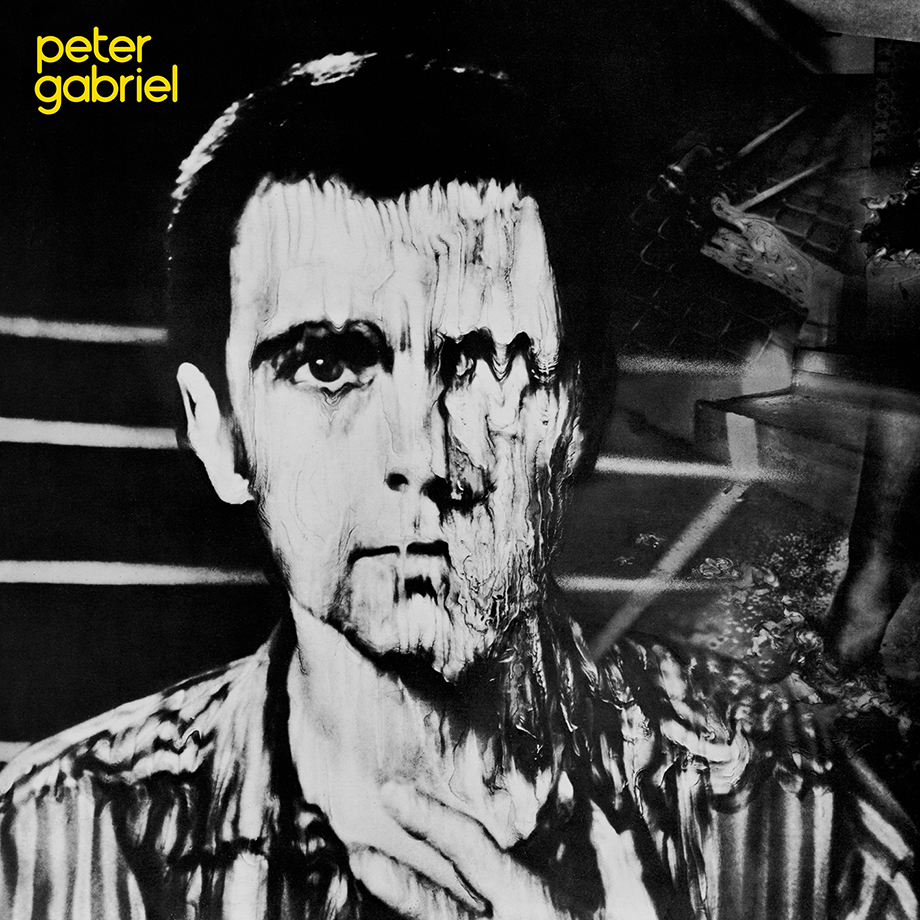
3D audio for live performances is something I’d love to see him explore, as it’s woefully underused at this point. For somebody of his adventurous nature, to not do a residency and just blow everybody's mind would be a shame.
You mentioned the unusual month-by-month rollout of I/O. Did you mix the songs in the order that they’ve been released? And are you still working on the album?
I originally wanted to do it in release order, but that ended up changing. The first three songs – “Panopticom,” “The Court,” and “Playing For Time” – were done in order, until Peter changed his mind for number four. So, I kind of scrambled to meet that deadline. But the album has been done in blocks. There were some we knew we needed by a certain date, since he’d be going on tour soon and wouldn’t be able to approve them otherwise.
With Peter [Gabriel’s] songs, I sometimes add things to the In-Side mixes that aren’t in the stereo versions. This is done not because I see myself as a producer-in-waiting and he needs my input, but to make sure that his musical intention in the stereo mix works as impressively if not more so in Atmos.
You kind of have to make your peace with it, because it ain’t over til it’s over in the Gabriel universe [laughs]. The point being, I’m not sure if I’m done.
It’s been sort of unclear to me, at least at this point, whether there will be an eventual full album release or if the new material will only be issued in these monthly single drops.
Well, that's not for me to say, even if I could. So I’ll stay out of that one…
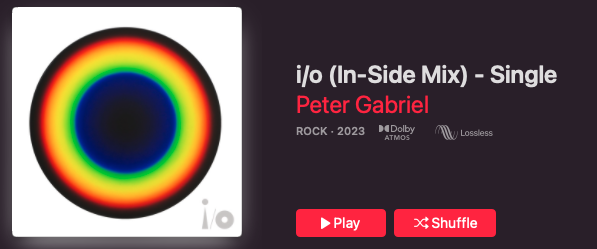
Each I/O song released thus far has had two different stereo mixes – a “Bright-Side” mix by Spike Stent and a “Dark-Side” mix by Tchad Blake – which are in some cases quite different from each other. Did you reference either stereo version for your immersive “In-Side” mixes, or was the idea to start from scratch with no preconceived notion of how a track ‘should’ sound?
I’m totally doing my own thing. I get the same multitrack sessions that they get, but I have yet to hear a full stereo mix.
I really wanted to experience the music at face value and make it work best for the immersive format. There has been some contact with Tchad though, mainly because he’s Peter’s go-to guy in terms of sonics.
The weird thing about this whole 3D thing, Atmos specifically, is the flimsy nature of the presentation – meaning that it’ll sound different on different streaming services, even if you have the same kinds of headphones. If Apple Music updates their algorithm a year from now, it won’t sound the same as it does now.
It also sounds different on different-sized speaker arrays (5.1.2, 7.1.4, 9.1.6, etc).
Correct. As someone who likes to have the best possible outcome, it’s really confusing to listen to it in the 12-speaker environment that I’m used to, and to then pop on the headphones and go “this is different, but why?” It’s hard to judge sonic absolutes, because there aren’t any. That’s what makes it kind of unsatisfying at times, but it’s just where we’re currently at. Nothing we can do about it right now.
You’re certainly not the first mixer to express some form of dissatisfaction with Dolby Atmos’ binaural rendering capabilities.
I love binaural, but the problem is that Apple - in their wisdom – have decided not to let me express the same binaural wishes that I can express within the Dolby Atmos renderer environment.
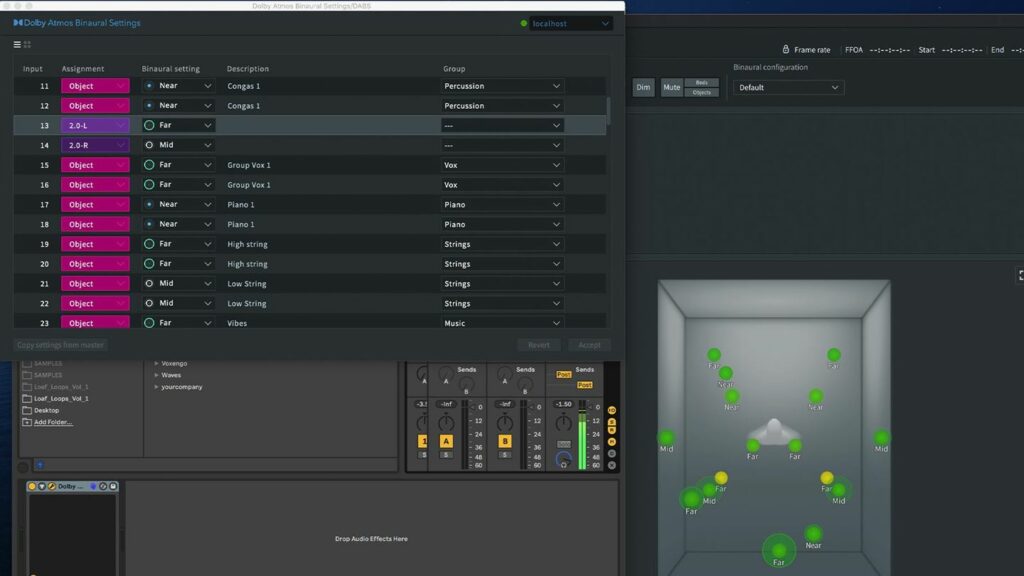
Yes, I’ve been told that the ‘near/mid/far’ binaural metadata tags are basically ignored in the Apple Spatial Audio environment.
Yeah, that’s true and it’s a shame. You could do a nice combination of tricks with the metadata to make it a substantially better binaural experience. But now, due to Apple, it’s a one-size fits-all approach, which – despite the efforts of the people making and trying to sell these formats – is just not the way to go. To me, there is no such thing as an artistically satisfying one-size-fits-all format.
I’m hoping that in the future, you’ll be able to switch between mixes. If it’s important for you to have a binaural mix, you should be able to create a customized version that never changes and pack that into whatever immersive codec is being used (Dolby Atmos, MPEG-H, Auro-3D, etc), so your player can pick the right never-changing mix when you’re wearing headphones.
I’d like to bounce a dedicated two-channel file with all the binaural cues baked in, and from there the codec should be able to detect when the listener is using headphones and automatically switch to that format.
I'm pretty positive that once we reach that point, there'll be less controversy about headphone playback. I’m an optimist, and I got into this whole thing because I am amazed by the creative possibilities of 3D music. I’m not about the speakers, the gimmicks, or the binaural cues or any of the technical stuff – it’s all about the music to me.
...I got into this whole thing because I am amazed by the creative possibilities of 3D music. I’m not about the speakers, the gimmicks, or the binaural cues or any of the technical stuff – it’s all about the music to me.
When I started working with 3D audio, there were always three questions: 1) Who can hear it? 2) How are we going to get it to the listeners? and 3) Where’s the music?
The first two questions have been answered by this alliance among Dolby, Apple, and the record labels. It’s going to be in Atmos, and the main delivery format will be headphones.
Now, we can just focus on making the music as awesome as possible.
I’m hoping that once people sit down and listen to things like Peter Gabriel’s “Road To Joy (In-Side Mix)” – or the “Love Can Heal (In-Side Mix)” to be released next month – they’ll just be floored. It's clearly the way to go. The focus won’t be on gimmicky fly-bys, but rather that this is how the piece of music should be experienced.

Are you sometimes forced to compromise the speaker-based experience in order to improve the headphone rendering, or vice versa?
When I make decisions, I’m not really thinking about the mode of presentation at all. It’s all about how to best present and draw the listener’s attention towards a musical event.
Having said that, I usually start working at home and I don’t have the space to get 12 speakers set up. It’s just not in the cards [laughs]. So, I work with headphones in the beginning, prepping things in the session. Eventually, I’ll go down to Real World Studios and listen to how it sounds there in the full speaker environment.
After doing some augmentations there, I’ll render an MP4 and listen to that with a pair of AirPods Max. There will always be some things that don’t work in headphones. It’s usually a low-end issue, things that sound just right with the speakers. So, I’ll listen back in headphones and adjust the speaker mix accordingly, knowing full well that most listeners use headphones.
What’s the Atmos mixing space at Real World like?
It’s called the Red Room, though lately they’ve been calling it the Buff Room [laughs]. It’s a pretty small space actually, used to be a mastering suite before they did the upgrade.
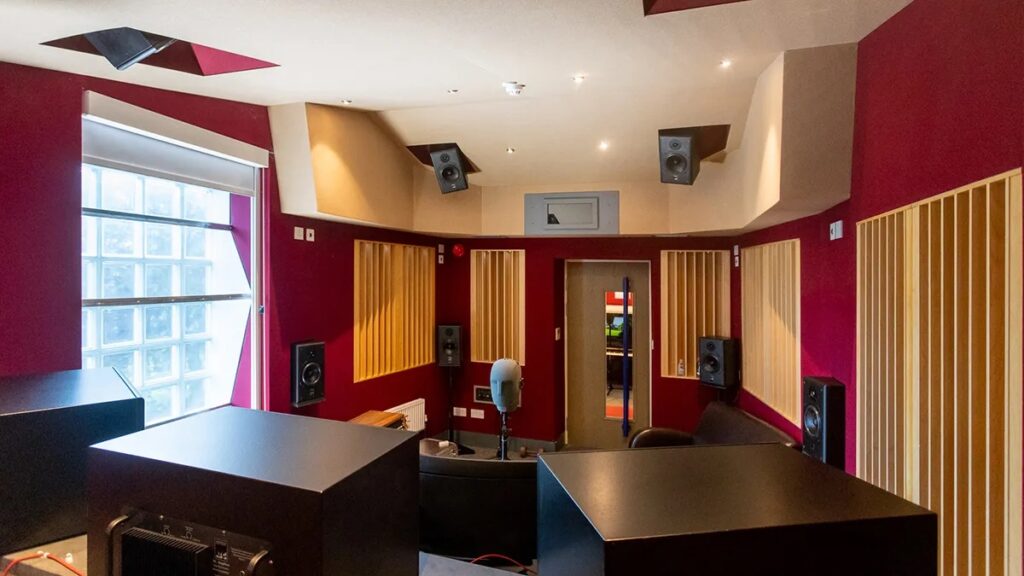
Do your Atmos mixes get an additional mastering step, or are they simply released as they’ve left the computer?
That’s a good and difficult question because at the moment there is no such thing as a traditional mastering for Dolby Atmos. I just try to bring a bit of that sensibility into my own workflow, with regards to sequencing tracks. That said, I don’t yet know what the final sequence of tracks will be for I/O or if anything may or may not happen with other formats.
If you could mix any album in Dolby Atmos, which would you choose?
One that doesn’t exist yet, because I don’t think 3D music and the act of preparing for Atmos or any other immersive format has anything to do with mixing. It’s a creative process. Ideally, I’d want someone composing the music specifically for this format.
I always point to The Beatles as an example. Sgt. Pepper (1967) was made to be experienced in monaural sound. After weeks of work put into perfecting the mono mix, George Martin and Geoff Emerick did like two afternoons of stereo mixing. They had to pan almost everything hard left and right, because what can you do with four tracks? Until it was remixed again in 2017, the mono was clearly the superior version.
I’m hoping that once people sit down and listen to things like Peter Gabriel’s “Road To Joy (In-Side Mix)” – or the “Love Can Heal (In-Side Mix)” to be released next month – they’ll just be floored. It's clearly the way to go. The focus won’t be on gimmicky fly-bys, but rather that this is how the piece of music should be experienced.
Pink Floyd’s Dark Side Of The Moon (1973), on the other hand, was clearly made with stereo in mind and specifically arranged within the stereo format. I want to make the next Dark Side Of The Moon in this new 3D format. I don’t want it to be a re-do of somebody else’s stuff – even though I’m totally open to doing that – but rather something that doesn’t exist yet.
Do you think I/O is that fantasy record you speak of, one composed and arranged with immersive production in mind?
It’s kind of the start of what I envisioned, because Peter doesn’t care if the stereo and Atmos versions are completely different, so long as they both sound great.
On the distribution side, they see the Atmos mixes as companion pieces to the stereo versions. We’ve already gotten into some trouble with the streaming services because the stereo and In-Side mixes aren’t always the same length, which doesn’t work for them. We’ve also had some fairly intense discussions about why we can't just release an Atmos mix without a stereo companion.
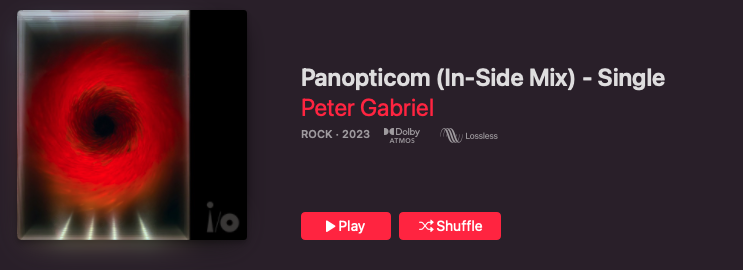
With Peter’s songs, I sometimes add things to the In-Side mixes that aren’t in the stereo versions. This is done not because I see myself as a producer-in-waiting and he needs my input, but to make sure that his musical intention in the stereo mix works as impressively if not more so in Atmos.
The easiest example of this I can think of is in the first song that was released, “Panopticom.” It starts with these spacey moving bursts, which work nicely in Atmos because you have the expanded environment and the ability to create spaces. Then, it all of a sudden comes into focus with this pre-chorus of his vocal and some acoustic guitars.
I couldn’t recreate that same impact with just two guitars in the Atmos mix, so – with his permission – I recorded more acoustic guitar parts. Now, in the Atmos version, I get the same musical effect as in the stereo version.
I/O is definitely closer to that idea of a record made specifically for the immersive format, as I can augment the recording to the point where it’s more effective and better than stereo.
That said, there are still some songs – like “So Much” – that were clearly made for stereo and prove difficult to translate.
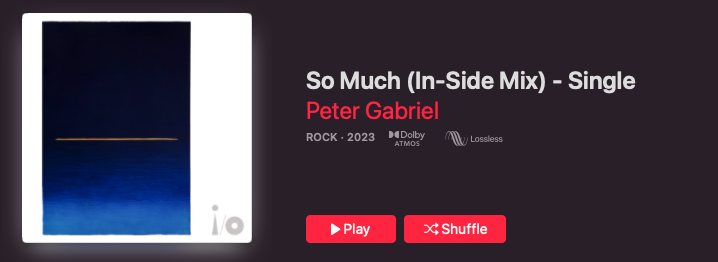
Yeah, what can you do with just piano and vocals?
Fortunately, I was there when they recorded the piano and put up some more mics so I could give it a really nice spacey quality in Atmos. If I only had a two-channel recording of that piano, how could I make it any better than stereo? It’s just a story being told with two participants.
I’m hoping that for the next round of Peter’s music, he'll think about those types of musical possibilities from the beginning.
I’ve worked on a few songs that were created specifically for 3D from the beginning – without a single thought wasted on stereo – and those are the ones that really take off. Some are out, but others are still awaiting release.
That was going to be my next question. Aside from Peter Gabriel’s I/O singles, are there any other Atmos mixes you’ve done currently out via streaming?
Yes, there are two albums I'm very proud of.
First is the new Scorpions album I co-produced, it’s called Rock Believer (2022). It was done 100% with only stereo in mind, but during the mixing process they also asked for an Atmos version. I’m like “why are you telling me this now?” [laughs].
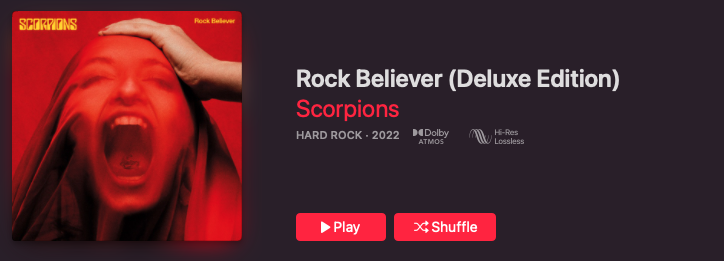
Having been the producer on that project, I had access to all the innards of the production and – like with Peter’s stuff – could augment certain songs and make them bigger. There are two songs on that record, “Seventh Sun” and “Unleash The Beast,” that I’m particularly proud of and felt worked really well in Atmos.
The other is an album I did with a German band called Die Fantastischen Vier, it’s called The Liechtenstein Tapes (2023). There are three or four songs on there that are just as good as it gets when it comes to writing specifically for 3D.


